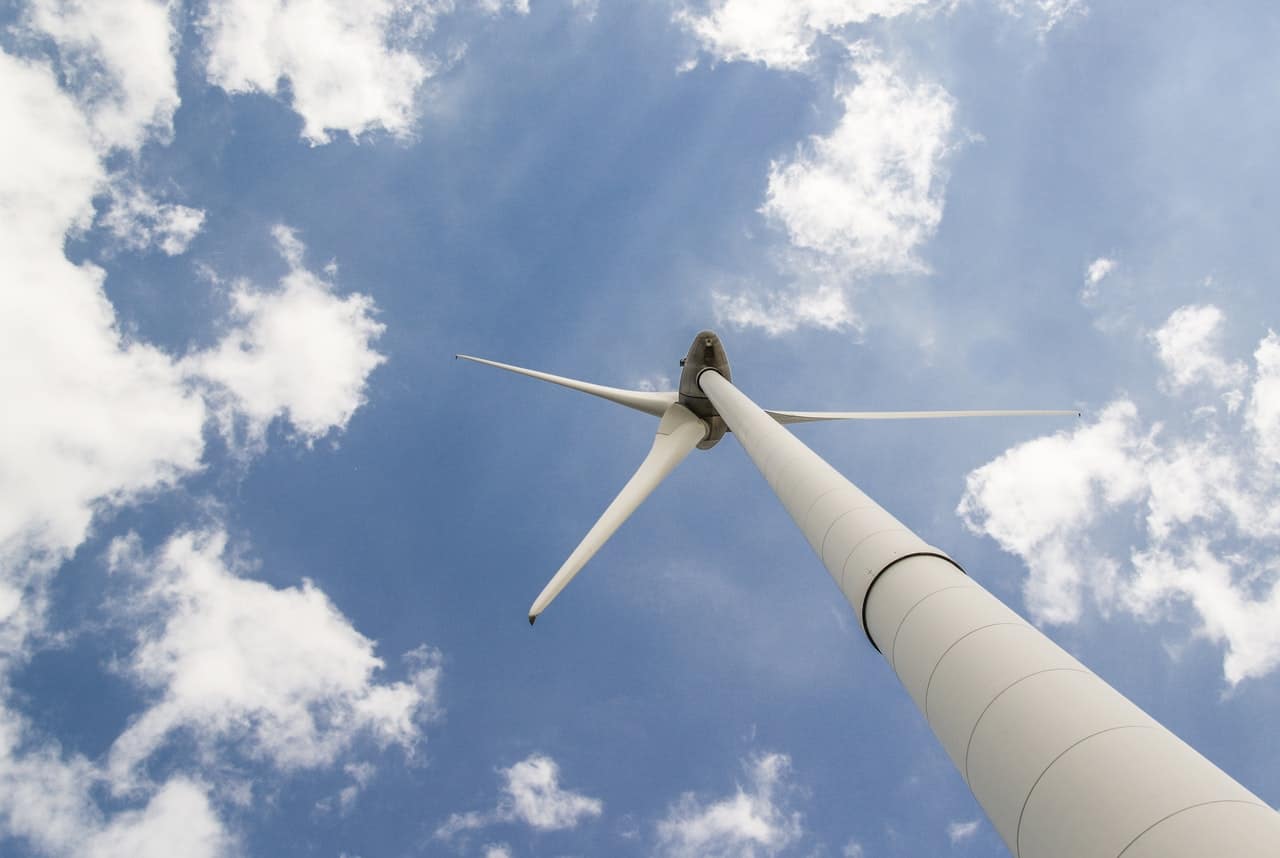The State of Renewables in Mexico

The year 2019 has been a year of conflicting and confusing messages in Mexico regarding the future of renewable energy and the transition to a cleaner more sustainable energy sector. One has to wonder, if this long and winding road will lead to competitive and sustainable energy supply that will allow Mexico to grow, improve per-capita income levels, meet PRODESEN’S projected energy demand of 3% annually for the next 15 years, and reduce Mexico’s carbon footprint.
On one hand, we see a continued expansion in solar and wind generation. For example, Mexico’s overall potential for solar generation has resulted in 1.3GW of new solar capacity added since 2018, with 55 solar plants currently operating throughout the country. This means that solar generation will amount to circa 4% of the total generation capacity in Mexico. As for wind-powered generation, this also continues to expand, mostly in the North of Mexico, with an additional 0.9GW of wind generation added to the country’s overall generation fleet since 2018. Given the current level of wind projects in construction, it is feasible that circa 10% of Mexico’s total generation can come from wind in the next 5 years.
Unfortunately, the actions and messages of the current Administration, such as the cancelation of the long-term auctions and the changes in Clean Energy Certificate (CELs) rules, are raising serious doubts about future investment in renewables and the impact thereof on energy prices and sustainability targets. Many speculate that the objectives of these actions and messages are to protect the role of CFE in the market, and to follow a political discourse. These actions also affirm a widely held belief that state-owned companies have less incentive then privately owned companies to minimize costs. If these practices continue, the biggest loss will be to México’s credibility on a world stage and the environment, since Mexico committed to generating 35% of its electricity from clean energy sources by 2024, which under today’s policies does not look feasible.
Mexico unquestionably needs additional renewable generation to reduce its dependency on old fuel oil and diesel plants in order to complement the growing number of combined cycle plants that are being developed around the country. This will go a long way in helping reduce energy costs and the emissions of greenhouse gases from electricity generation. From the perspective of energy prices, the average cost of CFE’s diesel and fuel oil plants are around USD90/MWh and USD60/MWh respectively, which is significantly higher than the price of energy achieved by CFE in the long-term auctions. The prices from these auctions ranged between USD30-40/MWh, which is considerably lower than CFE prices. This clearly highlights the benefits of renewable generation which could be passed-through to end users on their electricity bills.
So, the big question remains, what can we expect from the level of uncertainty around renewable generation?
In the short term, we believe more renewable projects will come online due to the present construction inertia. We also know that there are many projects nearing completion and others scheduled to start construction soon. Because of the inertia today, energy supply should continue to expand in 2020 as more efficient, higher performing equipment will displace the least efficient generation plants in several locations, which is good for the environment and the bottom-line of large energy users.
Unfortunately, the effects of uncertainty by the government will result in a slowdown of renewable generation investment in the medium- and long-term, as generators and developers will have to consider the financial viability of their projects. Therefore, it is safe to expect that a significant amount of new projects may be put on hold until a better climate for renewables exists.
Again, despite the increased level of uncertainty, we remain cautiously optimistic about the future of renewables in Mexico, as end users and C&I customers are demanding renewable generation for the reasons cited above. In this context, C&I users are starting to implement more stringent sustainability targets, which cannot be met without acquiring most of their supply through renewable generation. These strategies need to be implemented shortly, before supply decreases and options become limited. Moreover, the willingness of companies to invest in renewable energy projects and the jobs associated with these investments should indicate to the new Administration that renewables support our national sustainability goals, will help reduce our carbon footprint commitment to the global community, positively impact our country’s economy and help improve Mexico’s current bearish economic forecast.




